Koyasan, a religious city that spreads out at an altitude of 900 meters, and Kumano, which for over 1,000 years has drawn countless pilgrims from emperors to commoners—both continue to fascinate visitors with their extraordinary and mystical atmosphere.
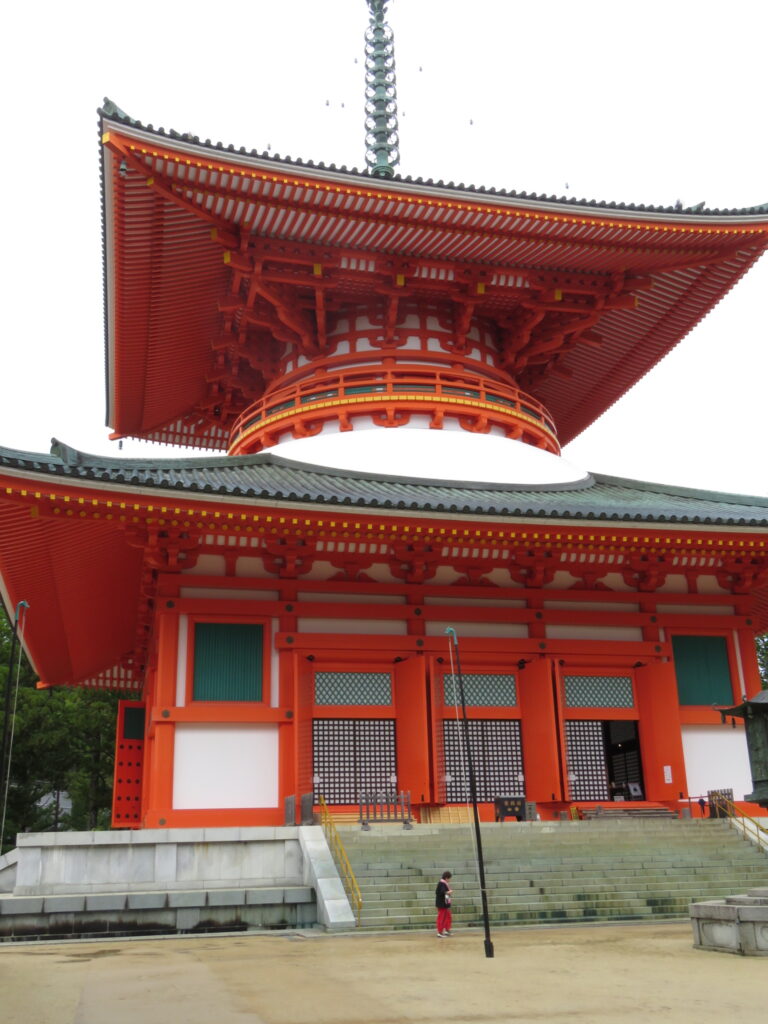
Koyasan and the Kumano Kodo pilgrimage routes, together with the Kumano Sanzan shrines, were inscribed in 2004 as part of the UNESCO World Heritage Site “Sacred Sites and Pilgrimage Routes in the Kii Mountain Range.” Last year, numerous events were held in Wakayama Prefecture to celebrate the 20th anniversary of the inscription, and more visitors than ever traveled to these sacred places.
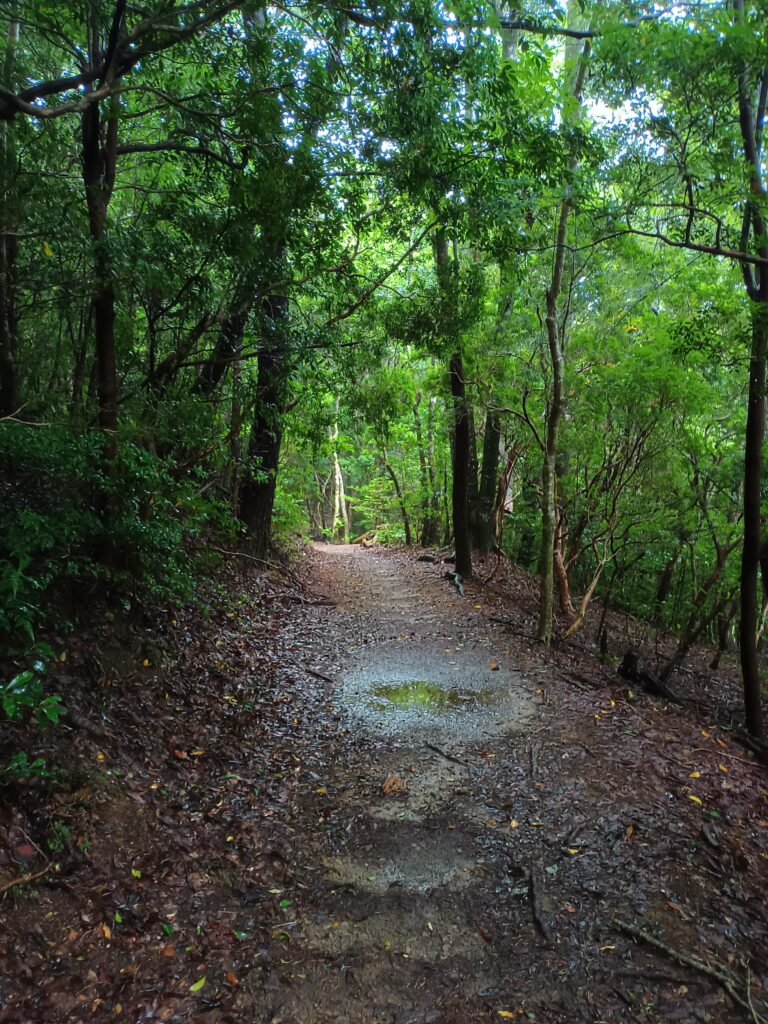
As a guide for Koyasan and Kumano, I am often asked all sorts of questions by my guests, including some about myself. One of the most common is, “Hiro, where do you live?” I reply, “In Wakayama City, here in the prefecture,” but most people just give me a vague reaction. For many visitors, both Mount Koya and Kumano seem to be just “somewhere south of Osaka.” They don’t even realize they are actually in Wakayama Prefecture. As an interpreter-guide working here, I find this rather disheartening.
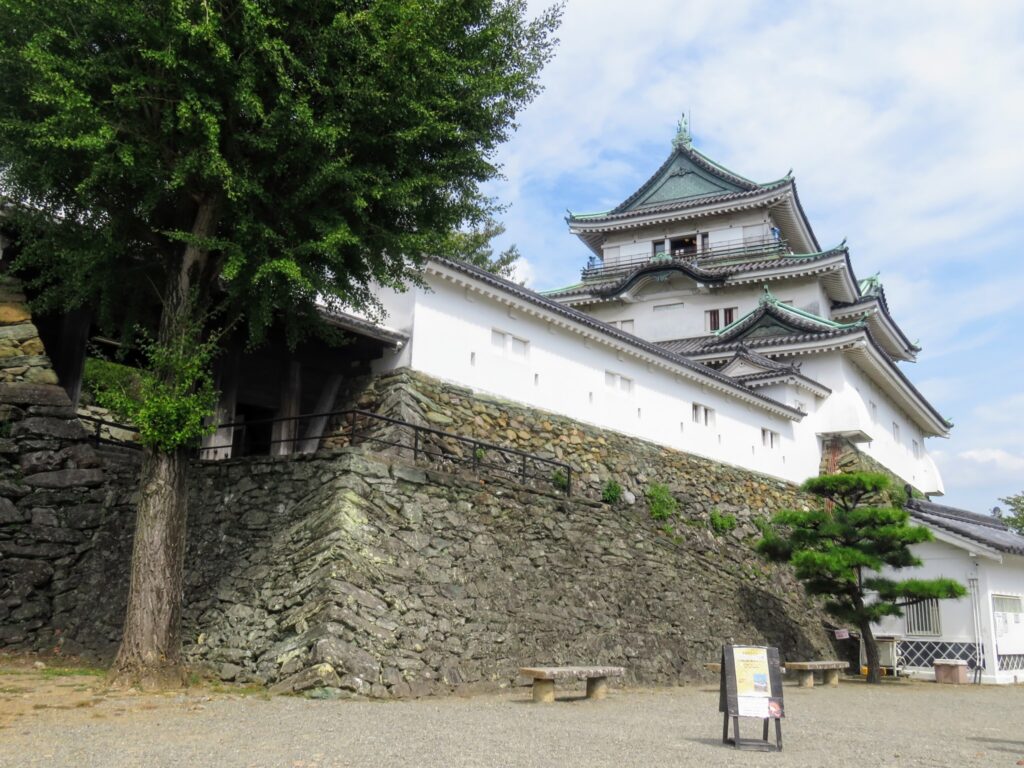
Castle Tour with Historical Costume Rental
Not only for international visitors but also for many Japanese outside the Kansai region, Wakayama is not well recognized, apart from associations with pickled plums (umeboshi) and pandas (all of which returned to China by June 2025). For inbound tourists, Wakayama usually means visiting Wakayama Castle or Marina City in Wakayama City, or Shirahama further south, before quickly returning to Osaka or moving on elsewhere.
Of course, Japan is full of fascinating places, and in recent years, more foreign visitors have begun exploring local cities outside Tokyo, Kyoto, and Osaka in search of unique landscapes and experiences. But beyond its World Heritage sites, Shirahama, and Wakayama Castle, Wakayama has many other destinations that can truly move and inspire travelers. Let me introduce just a few—you should definitely consider visiting them.
🏘 Yuasa
Known as the birthplace of soy sauce, this historic town still preserves its traditional streets.
- A designated Important Preservation District with Edo-period white-walled storehouses and townhouses.
- Visitors can tour soy sauce breweries, try brewing experiences, and enjoy local foods such as shirasu (whitebait) rice bowls.

Yuasa, Birthplace of Shoyu, Experience Tour
🌊 Shirasaki Coast
A striking seashore of pure white limestone, often called “the Aegean Sea of Japan.”
- The contrast between the blue sea and white rocks is breathtaking, with stunning sunsets.
- Popular for coastal walks, camping, diving, and stargazing.
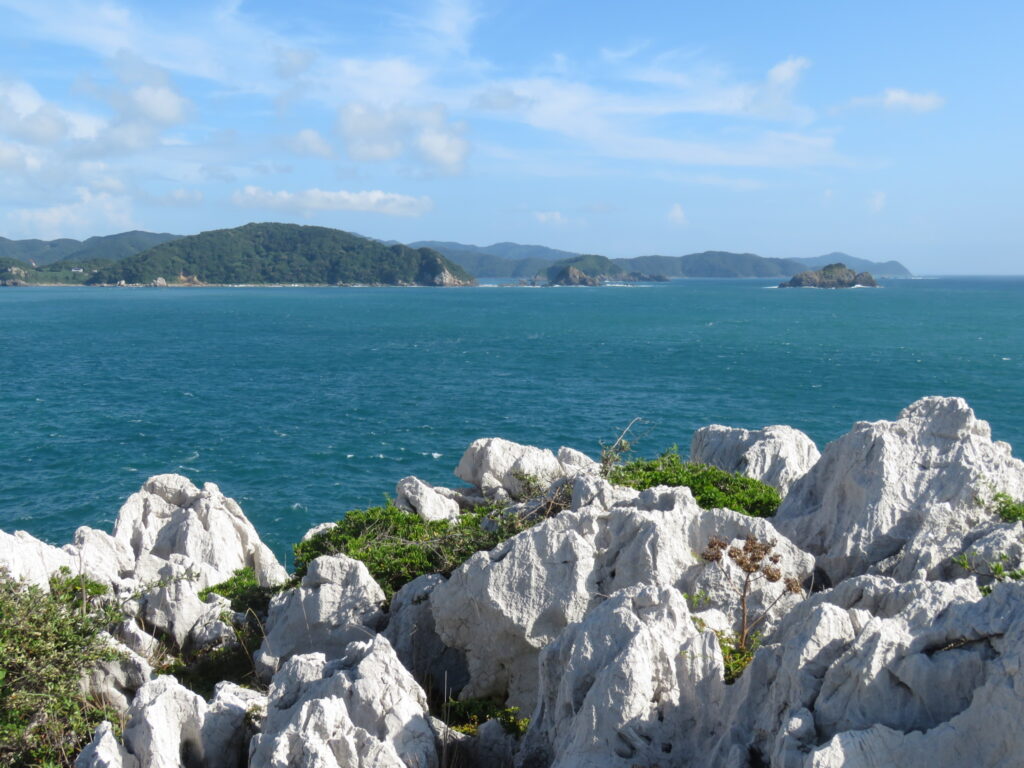
🎨 Kuroe
The traditional center of Kishu lacquerware, known as Kuroe-nuri.
- A town where the craft of artisans lives on, with narrow lanes and old townhouses.
- Visit the “Kuroe Lacquerware Museum” and explore the culture of lacquer.
- Chic cafés and workshops add to its charm.
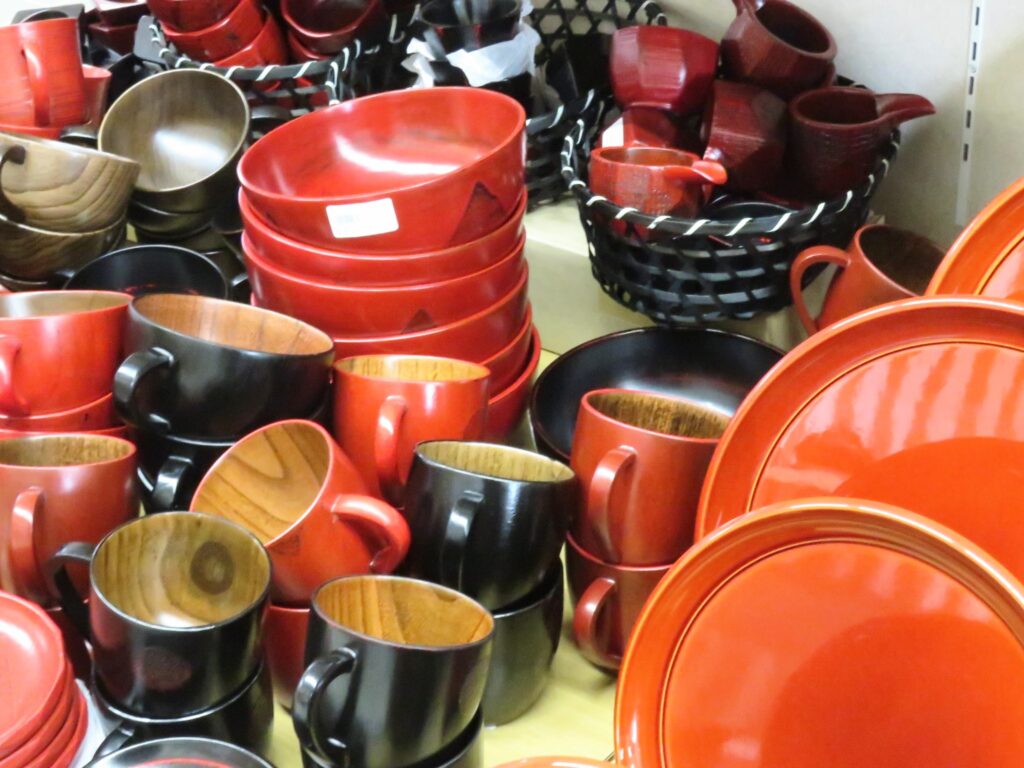
🌸 Minabe
- Crossed by the Kumano Kodo pilgrimage routes, part of the World Heritage.
- Japan’s top plum-producing area, and the birthplace of the famed Nanko-ume variety.
- Enjoy breathtaking plum orchards and gourmet delights like pickled plums and plum wine.
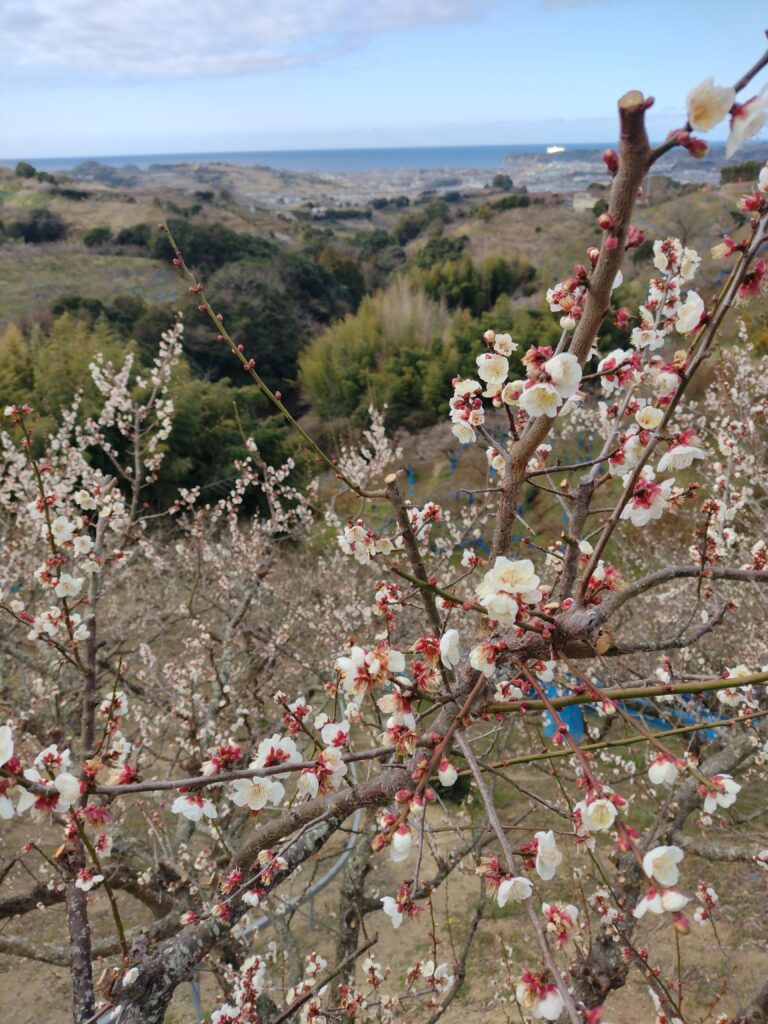
🐟 Tanabe
A key base town for the Kumano Kodo.
- Associated with the great naturalist Minakata Kumagusu, with a memorial museum.
- Famous for fresh seafood, especially the prized kue (grouper) cuisine.
- Rich in hot springs, offering a balanced mix of sightseeing, food, and history.
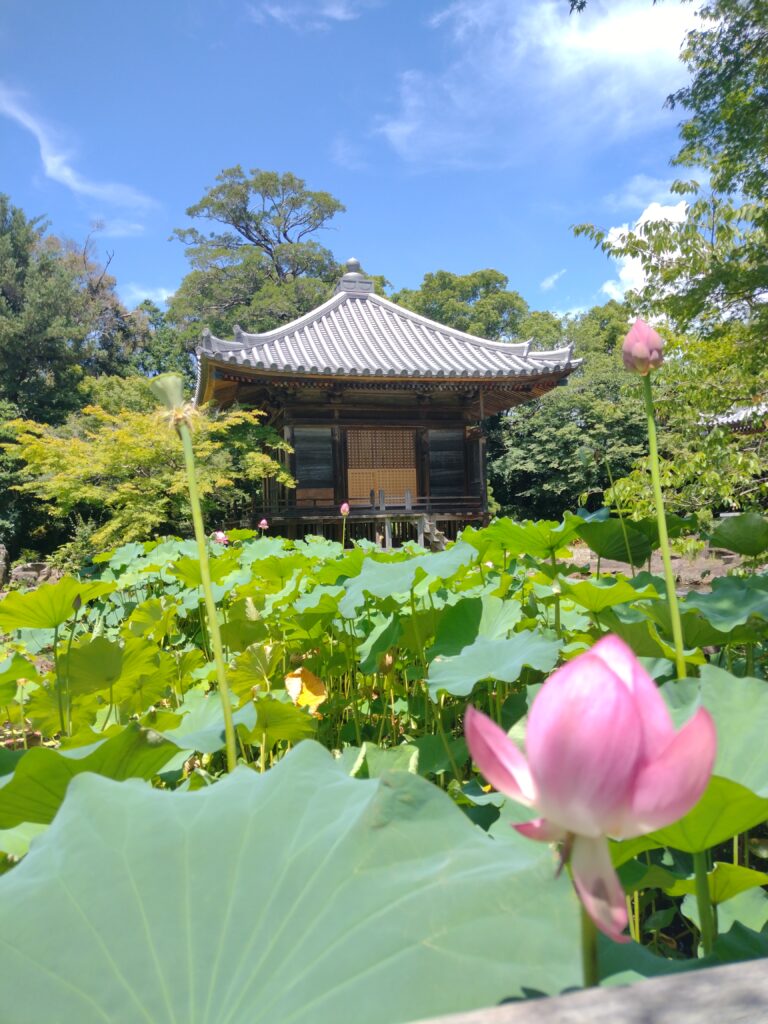
♨ Katsuura
One of Japan’s leading tuna ports, known for superb fresh tuna dishes.
- Katsuura Onsen boasts seaside open-air baths, including the famous cave bath “Bokido.”
- Close to highlights of Kumano tourism such as Nachi Falls and Kumano Nachi Taisha Grand Shrine.

⛩ Negoro
- Negoro-ji Temple, a major Shingon Buddhist temple, home to the vermilion Great Pagoda (a National Treasure).
- Known in the Sengoku period for the warrior monks called “Negoro-shu.”
- A celebrated cherry blossom spot in spring.
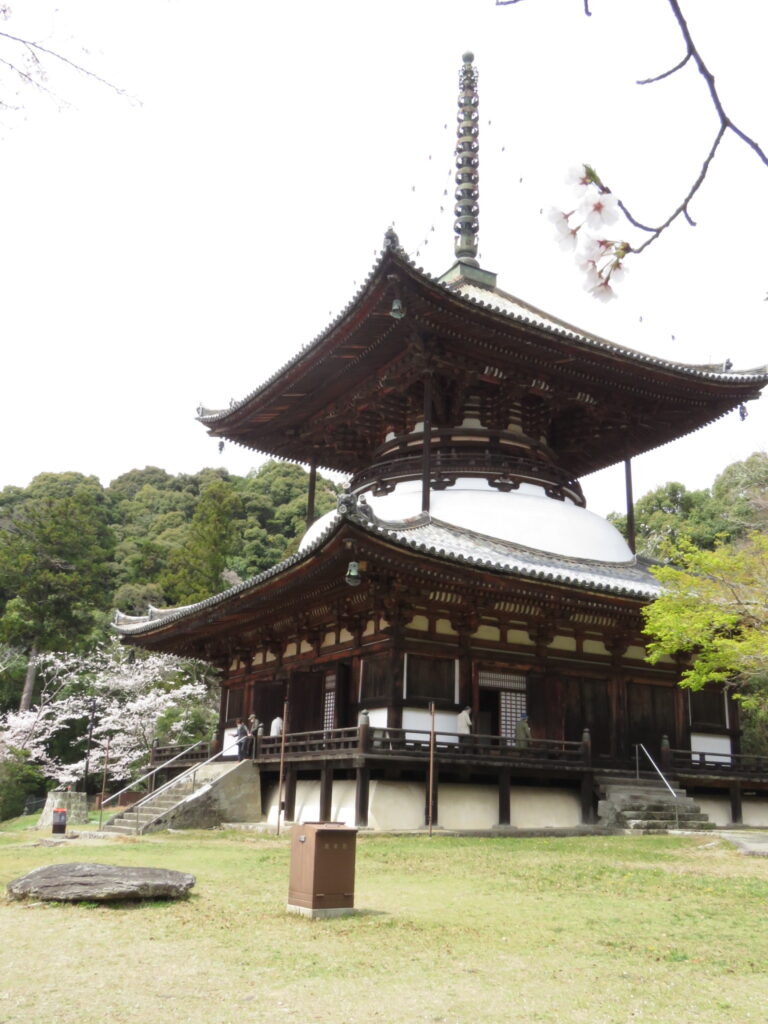
🌲 Kiminō
A nature-rich mountain town.
- Home to Misato Astronomical Observatory, where you can enjoy stargazing.
- Features stylish cafés and gelato shops, making it perfect for a drive or short getaway.
- Visitors can relax in its satoyama (rural landscape) scenery and slow-paced atmosphere.
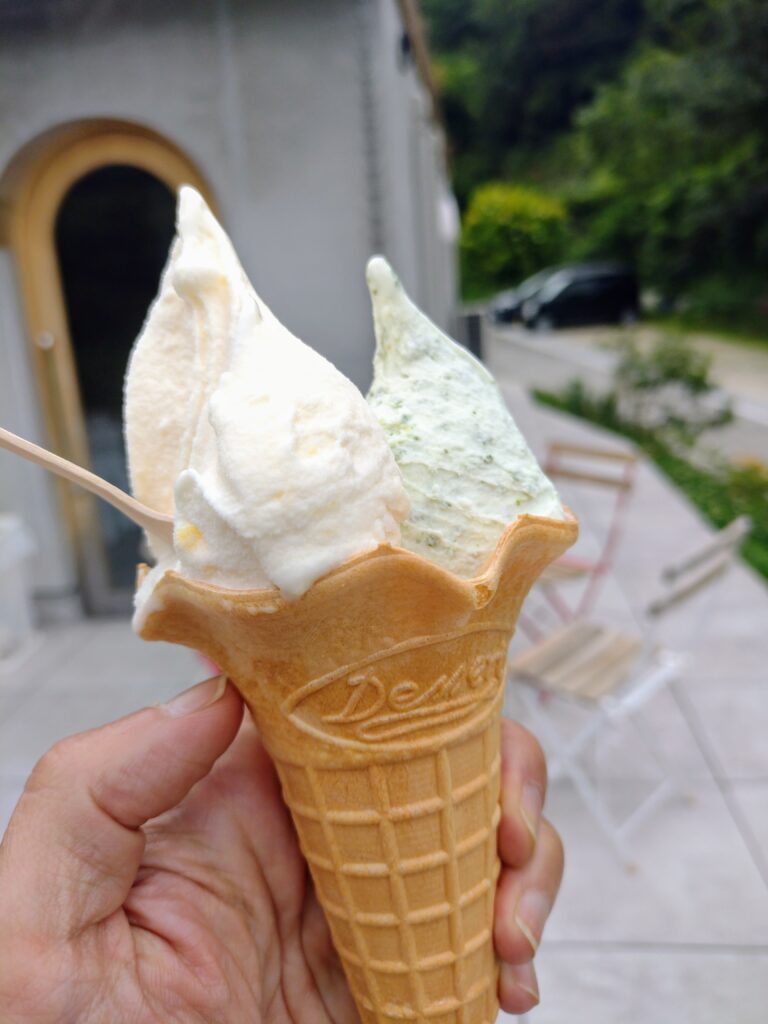
Each of these places has its own distinct character: Yuasa, Kuroe, and Negoro for history, Shirasaki and Kiminō for natural beauty, and Minabe, Tanabe, and Katsuura for food culture. Exploring them by theme allows you to experience the full depth of Wakayama’s appeal.

No responses yet